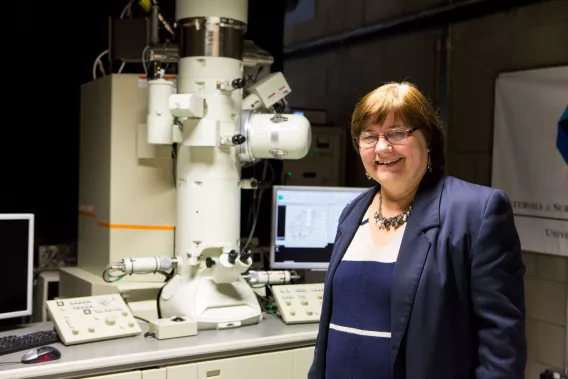
Have you ever imagined a microscope so powerful and sharp you could look into and see the atoms materials are made of, watching them dance, collide and assemble into new nanostructures? Such a microscope is coming soon to the University of Limerick and Prof. Bangert is ready to lead this exploration of new and exciting 2-D materials, that will revolutionise many branches of modern life technologies, especially in the electronic sectors. Graphene is the world’s first 2D material was discovered in 2004. It is a remarkable material in that, though it is the thinnest material on earth (1 million times thinner than a human hair), it is 200 times stronger than steel and incredibly flexible. This, coupled with being a fantastic conductor as well as being transparent makes it a game-changing material in applications from energy, membranes to sensors and electronics. Graphene is made up of a hexagonal lattice of carbon atoms in a honeycomb structure. The performance of graphene is dependent on the shape or morphology of the chains and sheets of carbon rings. Being able to see these chains, the individual atoms and importantly any defects that may exist is not an easy task, however Professor Bangert was the first person to conduct imaging of graphene at the atomic scale. Using the advanced techniques of high-angle annular dark field (HAADF) transmission electron microscopy and low loss electron energy loss spectroscopy (EELS) Professor Bangert was able to pin-point clean areas of graphene surrounded by surface contamination (Gass et al. 2008). Graphene was the first but it is not the only 2D material in the world and Professor Bangert and her team and eager to explore these many new materials which are set to revolutionise technologies for the future.